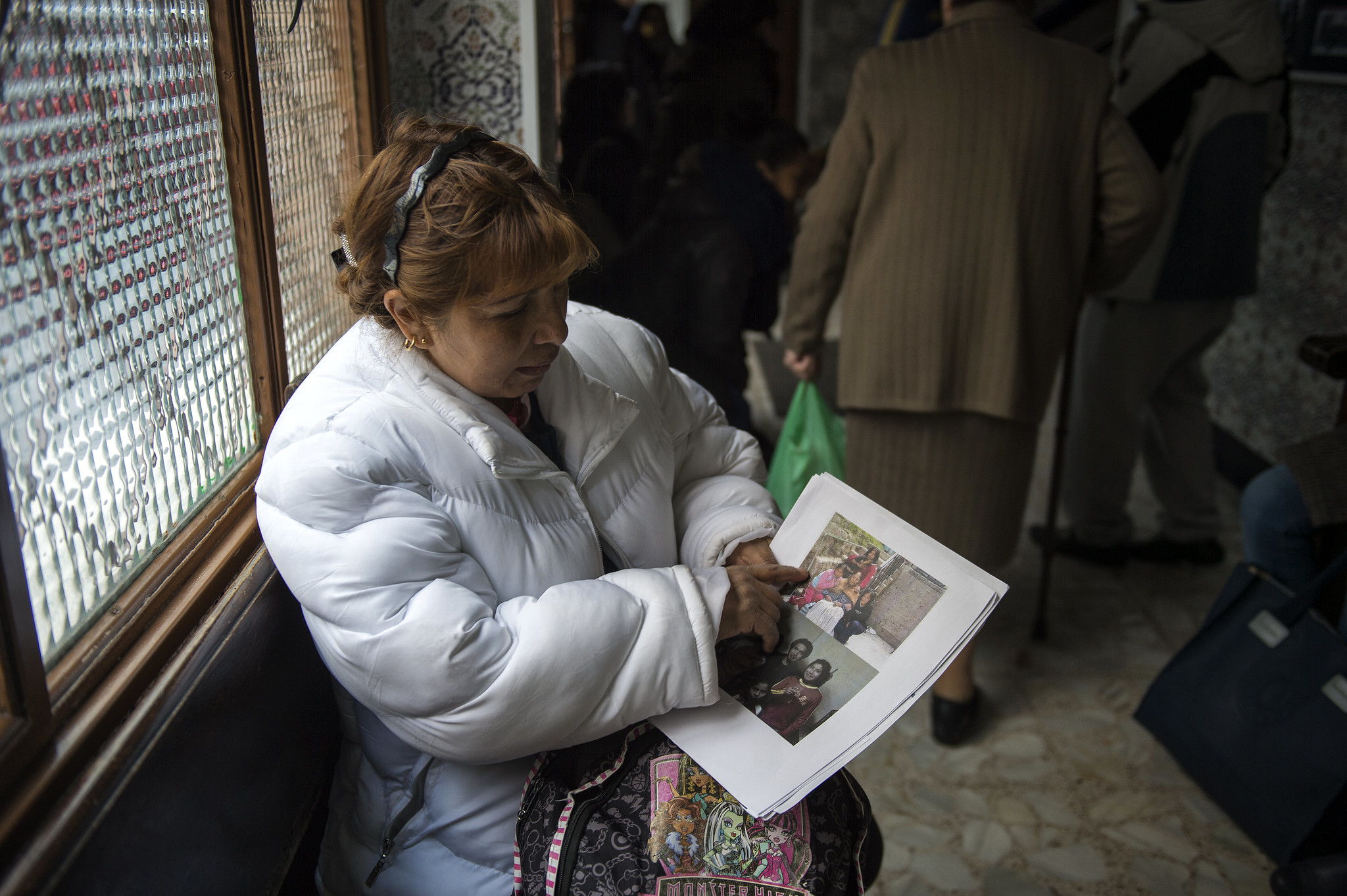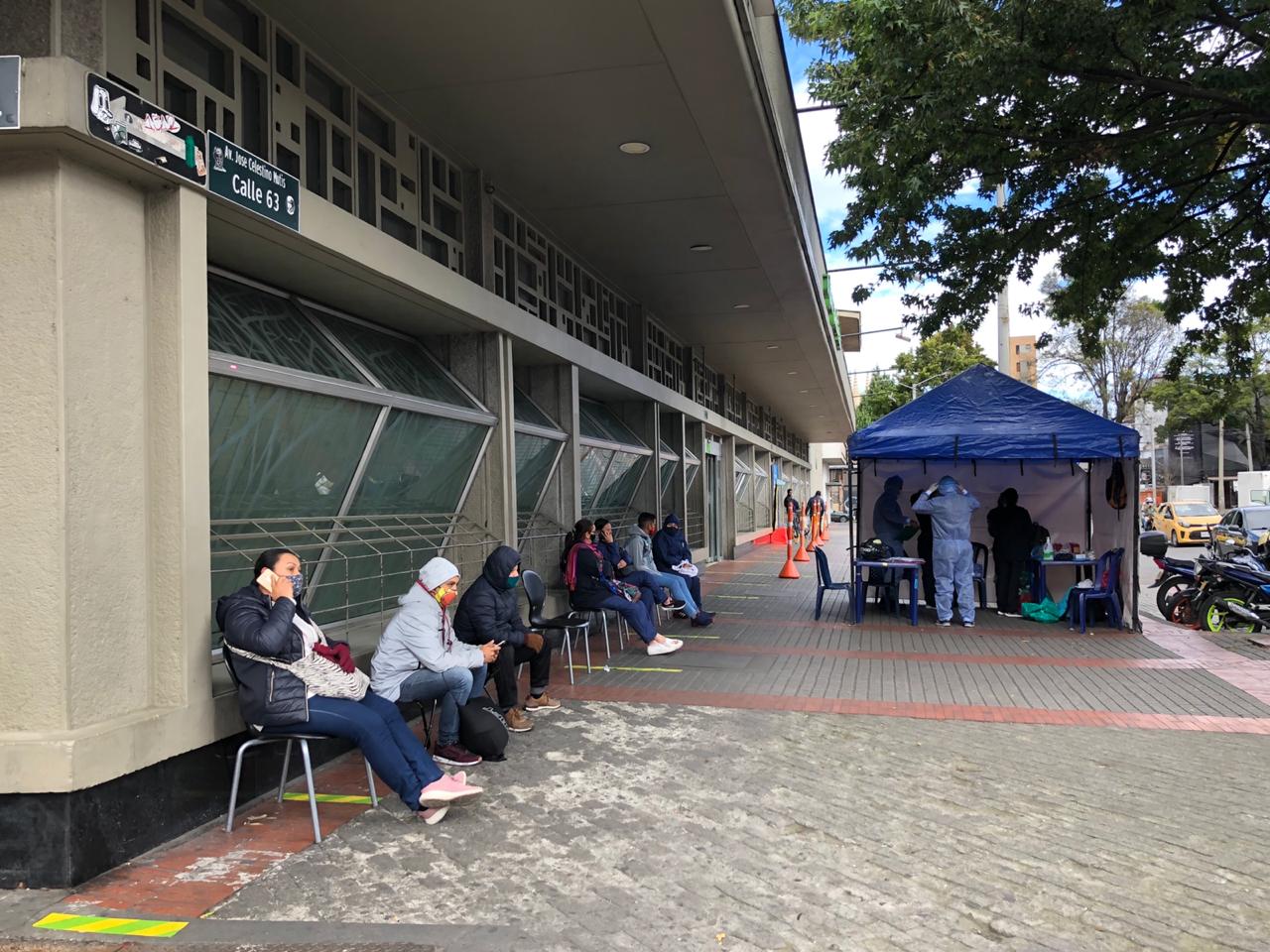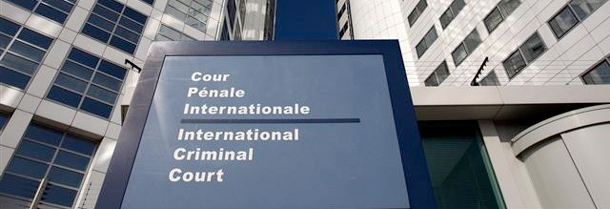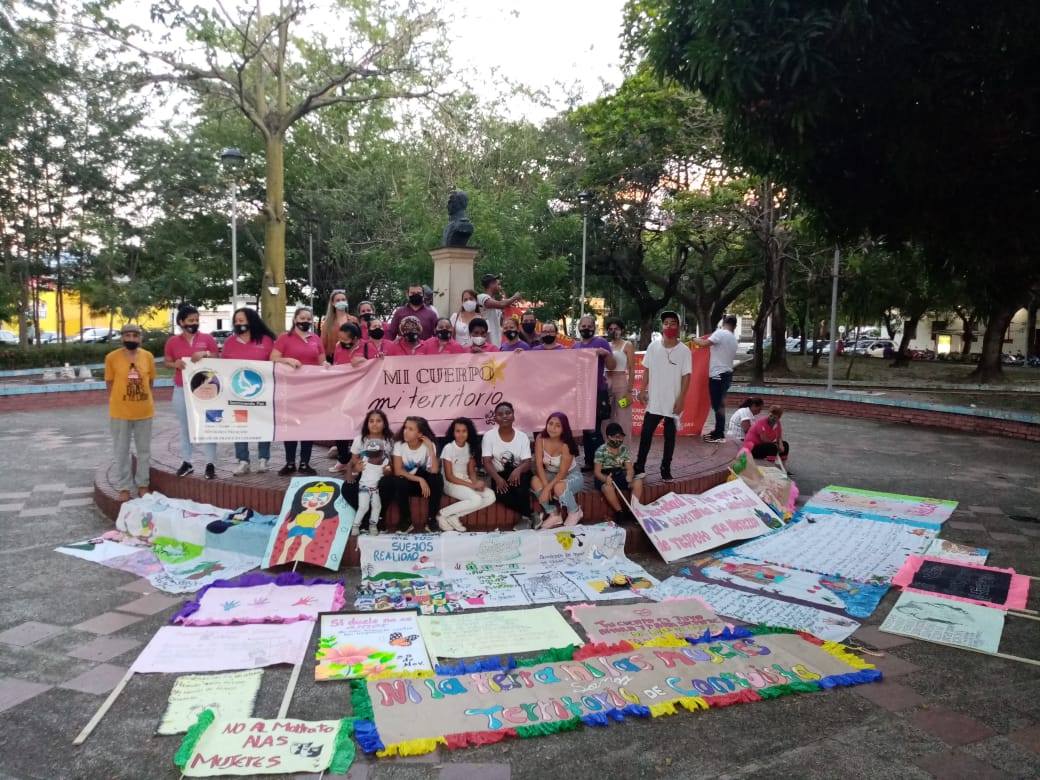 Ser Pilo Paga, which set out to open university education opportunities, had a mixed report card.
Ser Pilo Paga, which set out to open university education opportunities, had a mixed report card.
A month after Iván Duque became president, Education Minister María Victoria Angulo announced that it was time to replace the controversial ‘Ser Pilo Paga’ plan. The existing students (known as pilos) will continue their studies, but new students will not be admitted.
Ser Pilo Paga aimed to make education in Colombia more accessible and equitable by offering scholarships to top students so that they can go to the top universities. It sought to revolutionise a generation of students and reduce social gaps and inequality.
The programme was the brainchild of Roberto Zarama at the Universidad de Los Andes. In September 2014, it became public policy under the government of Juan Manuel Santos and began operating in 2015 to benefit 40,000 students over a four-year period. The state provides resources for pilos to receive tuition funding under certain conditions, including average academic grades. At the end of the process, if the student shows results, the state will write off the money invested. This figure is known as forgiveable credit. In this way, higher education was offered to the often disadvantaged young people who could not otherwise access it.
According to figures from the Colombian Institute of Educational Credit and Technical Studies Abroad, ICETEX, the probability that young people from low-income backgrounds could access higher education increased considerably from 36% to 66%. Additionally, the data shows that of the total number of students in the programme, 75% come from state schools and 1,784 are direct victims of the Colombian armed conflict.
‘Ser Pilo Paga’ offered many incentives to all students who belong to the programme. Firstly, students had the opportunity to access the university of their choice. The state paid for each admission exam. Secondly, admission tests were free at all public universities. In the case of private universities, students could apply free of charge to a maximum of three universities. Finally, participants were awarded the equivalent of half a minimum monthly wage (COP$396,000) for academic expenses and transportation.
Related: Education protests: 40,000 people march in Bogotá for better education.
However, there were some strong criticisms of the scheme, mainly down to the management of state resources. One of the main shortcomings was the freezing of public universities’ budgets. The president of the State University System, Jairo Torres Oviedo, complained to digital newspaper La Razón that resources from the tax reforms that had been allocated to state universities had instead gone to ICETEX.
For the first year, the project had a budget of COP$155 billion and in its third year ended with an investment of COP$900 billion. In its three years of operation, 990 municipalities across all the country’s departments were covered. However, according to ‘Ser Pilo Paga’s’ detractors, the total investment in the programme could have financed the education of 500,000 young people in public universities.
Additionally, the Colombian Student Association points out that a public university student costs an average of five million pesos, while a student who is part of the ‘Ser Pilo Paga’ programme costs 15 million pesos. This is due to the fact that 80% of the students who enter the programme prefer to choose private universities for their studies.
A report from the Ministry of Education shows that the five universities with the most pilos are private. This is a worrying panorama for public universities, who fear for their future.
What’s going to happen now?In October, President Duque, together with Education Minister María Angulo, will present their new plan for education in Colombia. While the final details are still to appear, the broader picture is already beginning to become clear. The government is considering a scholarship programme in which there is a cooperation between state and universities with the objective of strengthening the budget of public universities to ensure greater access to public universities. With this, the president hopes to face the main issues critics had with the programme: that it moved 10,000 students away from the public system every year. |
By Alejandro Ramírez





